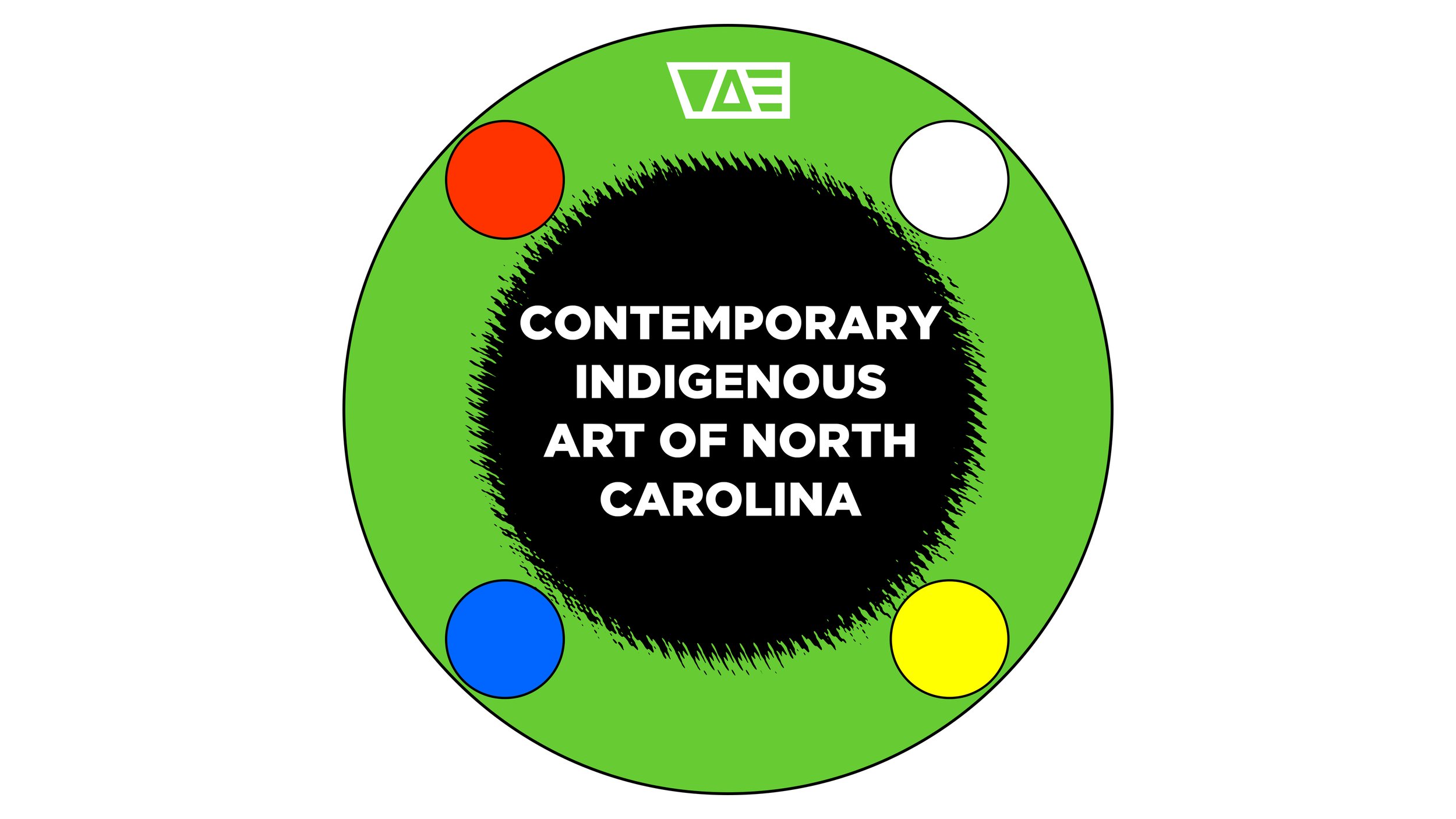Contemporary Indigenous Artists of North Carolina
June - August, 2023 | VAE Pop Up Space - 208 Fayetteville St, Unit 204
ARTISTS
Jessica Clark
Xavier Davis
Marcus Dunn
Miriam Ximil
STEERING COMMITTEE
Claire Alexandre
Dennis Redmoon Darkeem
In 2023 VAE will be launching a new initiative that will center Contemporary Indigenous American Artists. Through our open source and collaborative working model we seek to create exhibitions and public programming that not only bring awareness to the historical circumstances related to Indigenous identity, but also celebrates the rich and diverse identities of Indigenous People.
Our Vision: In 2023 we will be launching the first stage of this initiative. The first project will be a group exhibition curated from an open call for art. The call for art will be open to any Indigenous artist living in North Carolina. This exhibition will feature a suite of programs that compliment the exhibition, as well as highlight the cultural importance of North Carolina’s Indigenous population.
In 2024 it is our hope to bring a cross-institutional, city-wide focus to Indigenous art through exhibitions, public programming, and a correlating publication. In 2024 we plan to expand our scope to include a more wide reaching call-for-art and installation proposals accepted from artists across the country.
EXHIBITION STATEMENT
Each of the artists featured in the exhibition speak to different facets of Indigenous culture that are a part of a much larger narrative about Indigeneity in a contemporary context. Among these themes the importance of preserving culture, familial/ancestral connections, and storytelling are at the core of all of these works.
Jessica Clark’s works from her series Lumbee Family Values reflect scenes of everyday Lumbee life. Her representations of daily life are both a study in survival in the face of adversity and about the importance of retaining cultural identity. For Clark, the process of creating these works is a meditation on narrative and a celebration of, “the vitality of contemporary Native culture and identity, creating monuments to a people who have persevered in the face of oppression and appeal of assimilation.”
Xavier Davis’ work considers Indigenous histories and futures that merge into kaleidoscopic tableaus. These works are influenced by historical moments in the long history of the Eastern Band of Cherokee Indians, the circumstances surrounding the colonization of stolen Indigenous land, and the Cherokee resistance to give up their land.
Miriam Ximil’s Where This Flower Blooms looks at the importance of ancestral knowledge and the vital practice of connecting to one’s roots and to the Earth to become closer to our true selves. This way of knowing informs a way of belonging that puts emphasis on the relationship elders play in preserving Indigenous histories and narratives for future generations.
Marcus Dunn’s work looks at historical reference and assimilation, using these as a means of reconstructing historical narratives. Dunn uses both photographic records and imagined scenes to create portraits that “investigate the physical and psychological effects of cultural removal” in the contexts of Indigenous residential boarding schools. These schools were meant to eradicate Indigenous culture and practices through assimilation. Dunn’s work contemplates the complexity of these narratives and how they impact the present.

